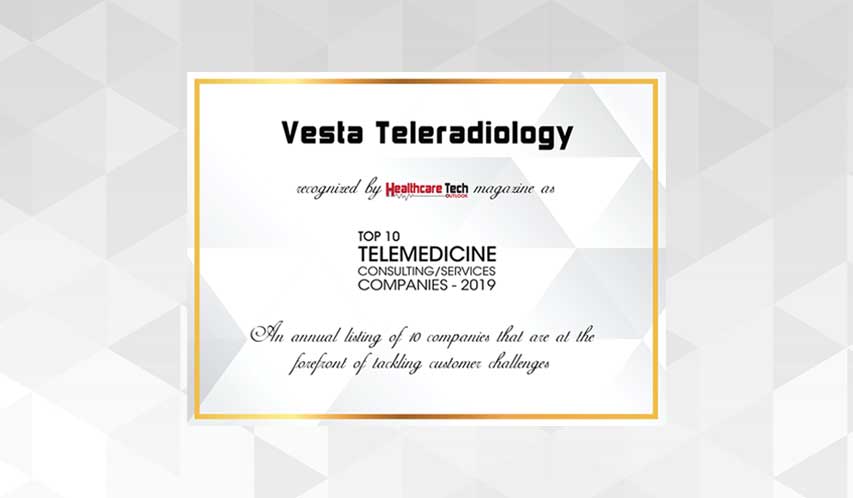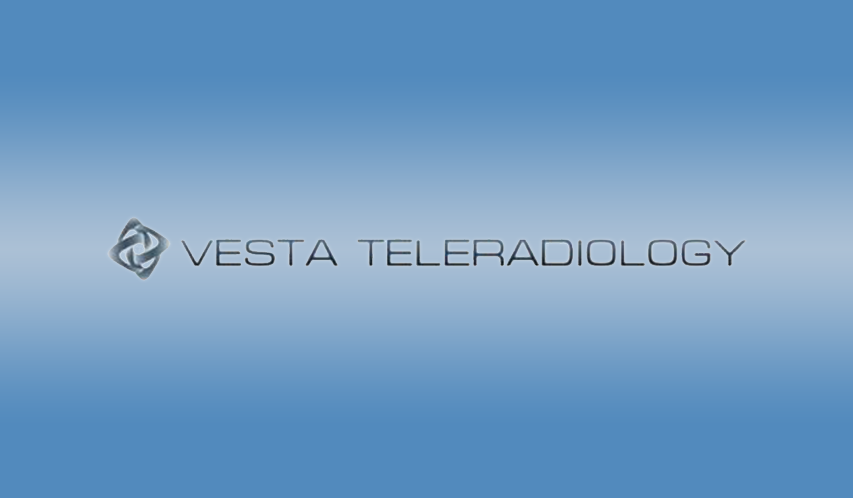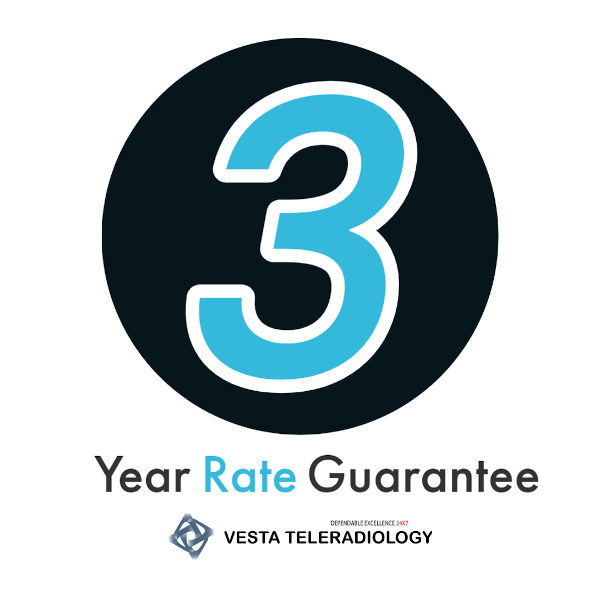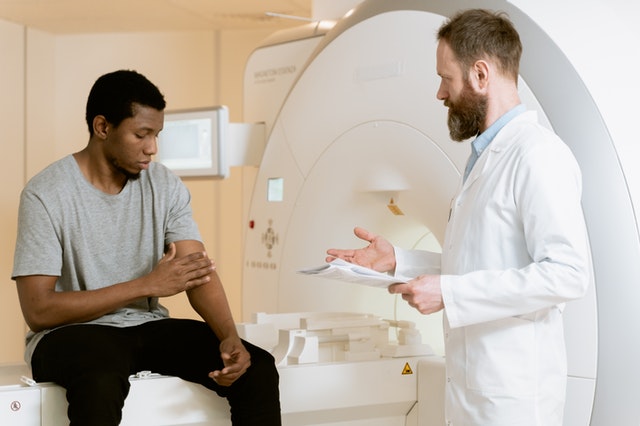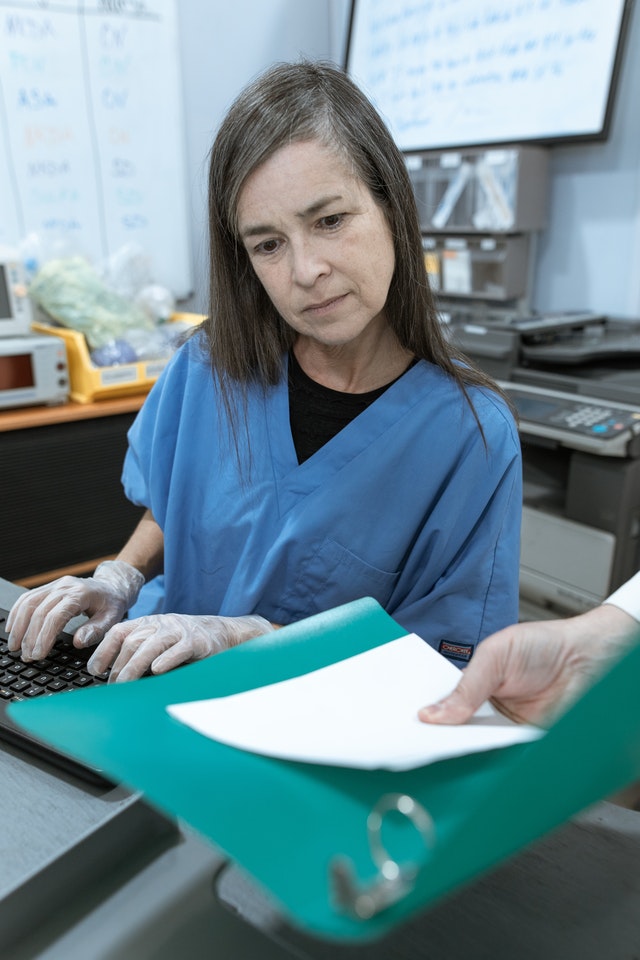Ten years ago, who would have thought that the future of medical care would include smartphones, virtual clinics, and doctor visits more than taking medicines? Not many people, for sure. But today, healthcare sector has drastically transformed the way medical care is being provided to patients by adopting various types of telemedicine techniques. Be it the use of mobile phones to dispense medical treatment (mHealthcare) or increase in popularity of virtual doctor visits, telemedicine has gained huge traction in past few years. The role of mHealthcare and Telemedicine is further on growth trajectory as it offers an organized yet flexible environment to render medical treatment in the comfort of patients’ home.
While telemedicine had majorly remained limited to large academic medical centers for a few past years, the scenario is taking a sharp turn now. Presently, serving as a core technology in providing affordable and convenient healthcare services, telemedicine ensures that patients receive medical care and treatment ‘anywhere and at anytime’, thereby increasing customer satisfaction. All across the globe, healthcare providers are exploring and investing in several latest telemedicine services that would give way to reducing the time delay in patients receiving care.
As CIOs of healthcare organizations plan to integrate telemedicine into their current healthcare services, investing in the right telemedicine services provider emerges as the top most priority for them. In a bid to help CIOs overcome their uncertainty in choosing one particular provider over another, a distinguished panel comprising of CEOs, CIOs, VCs, and analysts along with the editorial panel of Healthcare Tech Outlook have listed top 10 telemedicine service providers in the current edition. These telemedicine service providers have been hand-picked for their customer-centric approach toward offering telemedicine solutions.
We present to you Healthcare Tech Outlook’s ‘Top 10 Telemedicine Consulting/Services Companies 2019’
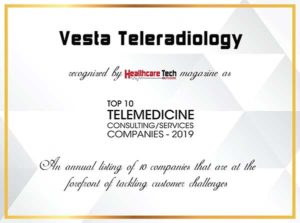
Company: Vesta Teleradiology
Description: Full Service Teleradiology provider offering Professional Teleradiology as well as IT Consulting Services designed to benefit Hospitals, Imaging Centers, Mobile X-Ray/US providers and Urgent Care Centers
Key Person: Vijay Vonguru President
Website: vestarad.com
Vesta Teleradiology Modernizing the Diagnostic Landscape
As a highly experienced executive in strategic planning, business analytics, operations, and IT solutions, Vijay Vonguru has seen from close quarters how the everchanging technology and the constant development of new advancements have impacted the healthcare industry. Having led his venture, Vesta Teleradiology—a teleradiology services provider—for more than a decade, Vonguru affirms, “While change is constant in healthcare, what hasn’t changed over the years is the timely delivery of quality patient care. While the processes and technologies continue to change, the fundamentals remain the same. Whether providing the care in person or through telemedicine, it all comes down to delivering highest quality care with rapid turnaround. This is our fundamental guiding principle at Vesta.”
Vesta closely monitors the developments in healthcare, and ensures its clients are primed to embrace and reap the benefits of these advancements. Vesta offers teleradiology services, providing 24x7x365 access to their highly qualified US-based Board-certified radiologists through a secure PACS. The company has been a pioneer in supportive diagnostic workflow technology and quality diagnostic services. With an internal IT team, Vesta is able to review the latest technologies that are available in the market, customize them in a way to help its team of Radiologists improve their quality and productivity.
Underscoring the challenges in this space, Vonguru mentions that majority of problems aggravate because companies fail to develop a proper understanding of clients’ changing needs. To provide quality reports, Radiologists need detailed medical history of the patients along with relevant priors. With the high volume case load that Radiologists need to complete each day, they are being forced to rush through the cases and spending limited amount of time on each case resulting in quality issues. Vesta has invested heavily in its technology to create efficient workflow and make the clinical history navigation process extremely simple. Vesta is working with some of the Artificial Intelligence (AI) vendors to incorporate some of the cutting-edge algorithms that will make the process more efficient and help improve the quality and turnaround.
When Vesta onboards new clients, the onboarding team works closely with the client with a goal of understanding the client’s current processes along with client’s expectations on where they would like to see themselves in the medium-term and long-term future. Once the requirements are identified, the Operations team creates a workflow that will help facilitate the growth needs of the client. “This customized workflow helps the client grow which in turn helps in Vesta’s growth creating a win-win strategy,” explains Vonguru. Client facilities are under constant pressure from their competition as well as patient
While change is constant in healthcare, what hasn’t changed over the years is the timely delivery of quality patient care
demands. Vesta’s 24x7x365 customer service is available to answer any questions and address client’s needs.
The uniqueness of Vesta comes from its ability to adapt. Vesta and its staff are aware of the changes that are happening in the healthcare industry and know that the company has to constantly reinvent itself to stay relevant and support its clients to navigate their demands, and at the same time providing support to its Radiologists to be efficient and maintain high quality. As described by Vonguru, the strength of the organization lies in its three pillars—the technology, the operational staff, and the workflow.
Moving forward, Vesta is working on implementing its knowledge gained over a decade in Teleradiology in the areas of cardiology, neurology, psych and other medical areas. “We aim to combine all workflows while following the standard guiding principles to ensure quality diagnosis and deliver effective and timely treatments for the patients,” concludes Vonguru.
